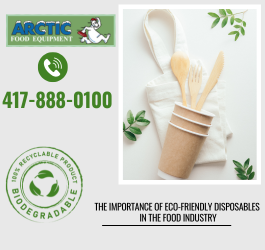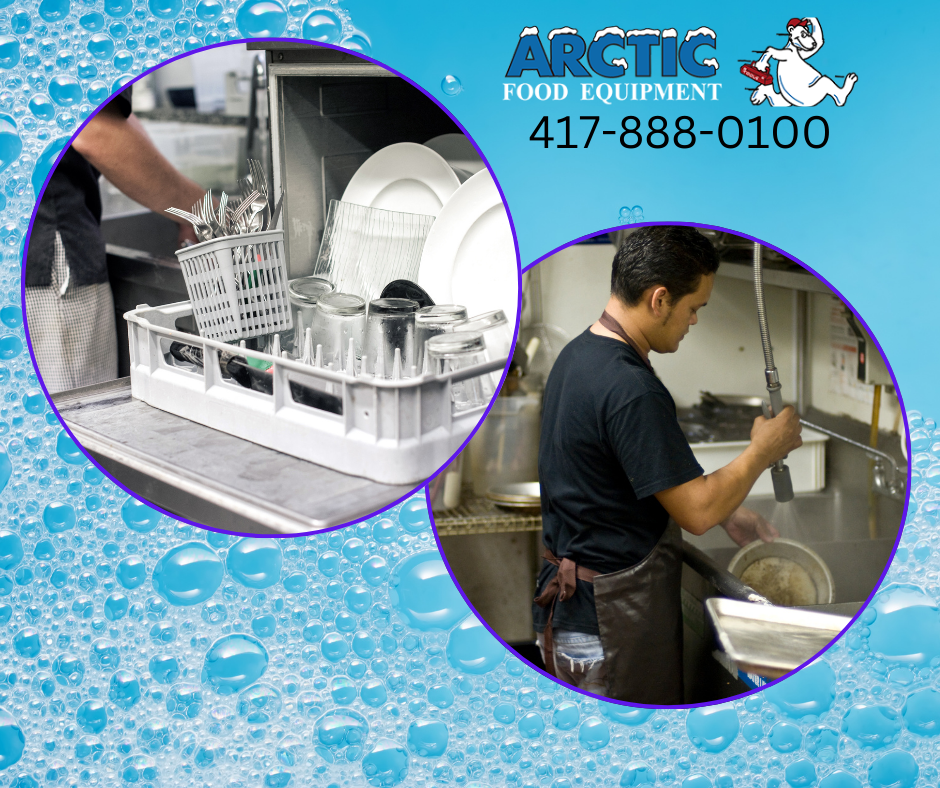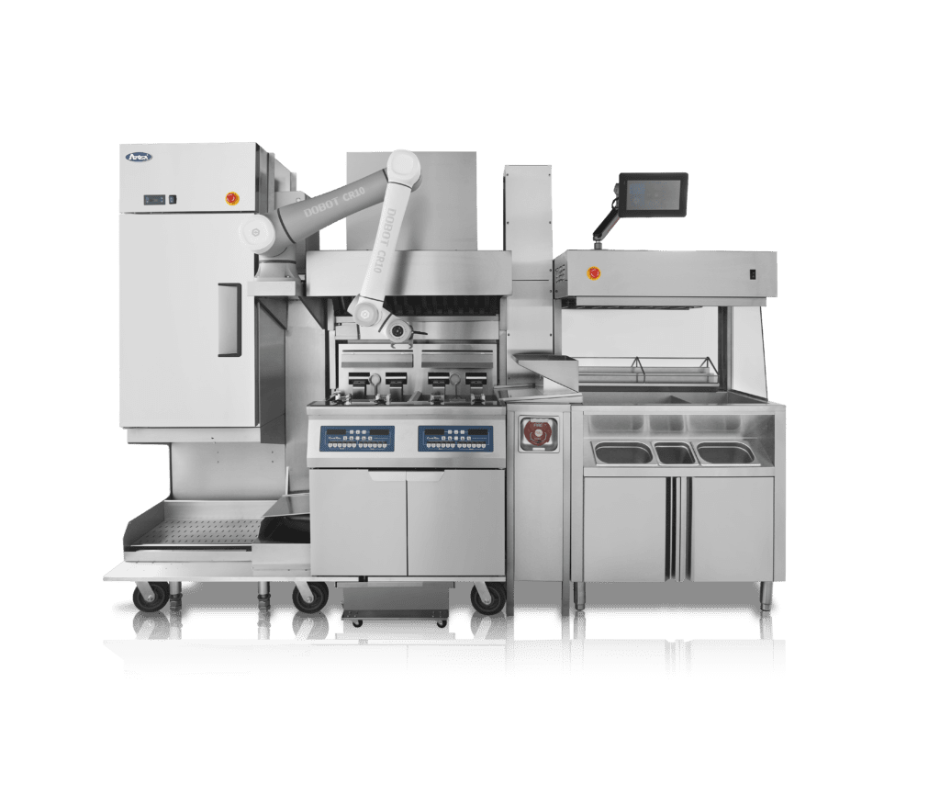The food equipment you purchase for your commercial kitchen represents a sizable investment in your future. It makes sense to protect your investment through proper maintenance, but keeping your equipment in good repair also means less stress, frustration and downtime. While preventative maintenance is designed to help you limit problems due to common issues, there is one thing that may not be on your radar – mold prevention! Mold may not seem like a big problem, but in reality it can create havoc in your commercial kitchen. You’ll want to be aware of, and proactive against mold so that it doesn’t get a chance to take a foothold in your establishment. The following information can help you stop mold before it gets a chance to start, as well as some tips on what to do if it’s already a problem in your establishment.
Understanding Mold
According to the Occupational Safety and Health Administration (OSHA) , there are about 1,000 species of mold in the United States alone and more than 100,000 known species worldwide. Mold can actually grow on about any surface if it has moisture, oxygen, some nutrients and the right temperature, which is optimally between 77° F and 86° F. This means you can find mold on wood, paper, carpet, foods and many other surfaces. In a commercial kitchen, there are plenty of prime areas for mold development. Not only does there tend to be lots of nutrition available, there is a lot of moisture. Often times, this moisture is in areas that’s out of sight and out of mind. For these reasons, mold prevention should be a priority for any operation.
Schedule Mold Inspections
Mold growth will occur where moisture accumulates indoors, so you’ll want to routinely inspect high-moisture areas. In a commercial kitchen, this may include under sinks, behind fridges and freezers, anywhere the floor meets a wall or cabinet and the ceiling. Mold found in these areas may be due to leaks, so it’s important to quickly fix any problems that you find. Also be sure to completely dry out the impacted area. There are also other areas where mold can grow, including on and under your floor mats and even inside your food equipment. Any internal element that comes into contact with moisture can host mold. In some situations, this can even be dangerous. For this reason, you’ll want to routinely check your food equipment, dissemble, sanitize, clean and dry out elements so that mold never gets a chance to get started.
Removing Mold
If your inspection reveals a lot of mold, or mold that appears black or otherwise suspicious, you should call in a professional for help. Under the right circumstances, mold can be a health hazard. So when in doubt, call for help to rid your establishment of mold. Once your kitchen is free and clear, you should aim to be more proactive with prevention. For more information, including how to recognize different types of mold, visit OSHA’s mold resource hub.
If you find small amounts of isolated mold, you can use an industrial mold remover. There are many on the market, just make sure you get something that’s appropriate for use in a commercial kitchen, or around food equipment. Once your entire facility is clear of mold, you should enhance your moisture inspections and your overall cleaning protocol.
Replacing old mops, rags and other high-moisture items can prevent the regrowth of mold. For things like mats, it’s often easier and more efficient to simply replace them instead of cleaning them, especially if they are worn out and porous. If you have questions, or need help, you can always send us a message or give us a call at (417) 888-0100











